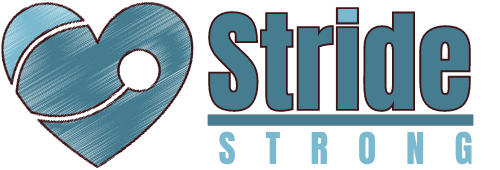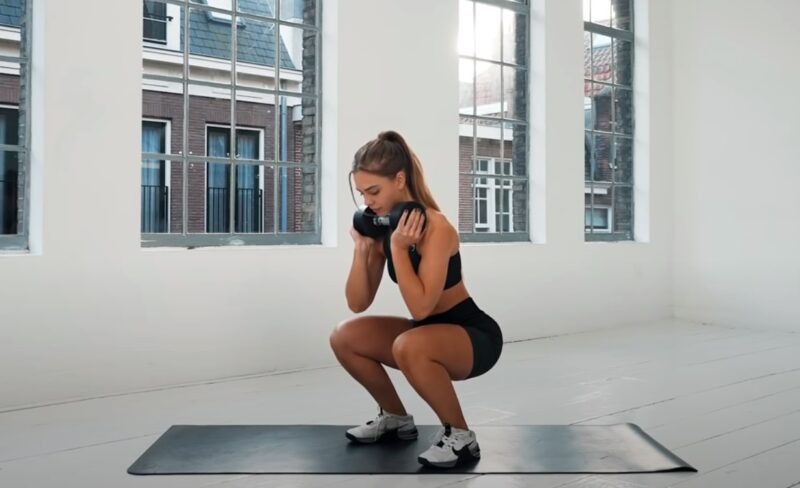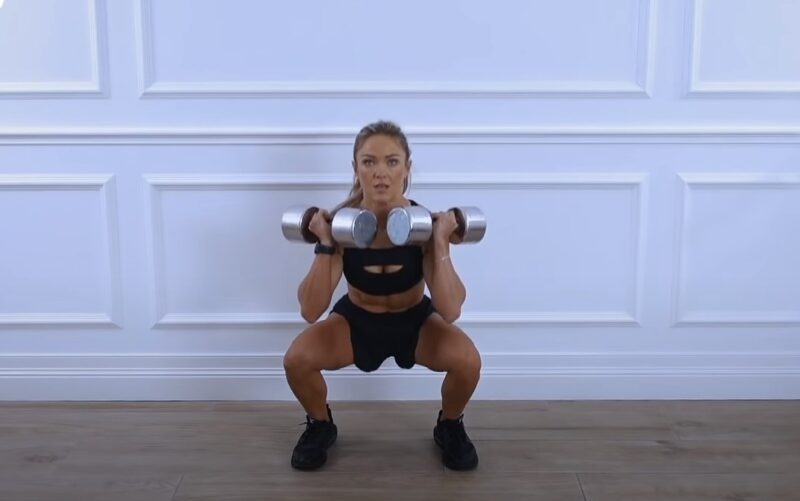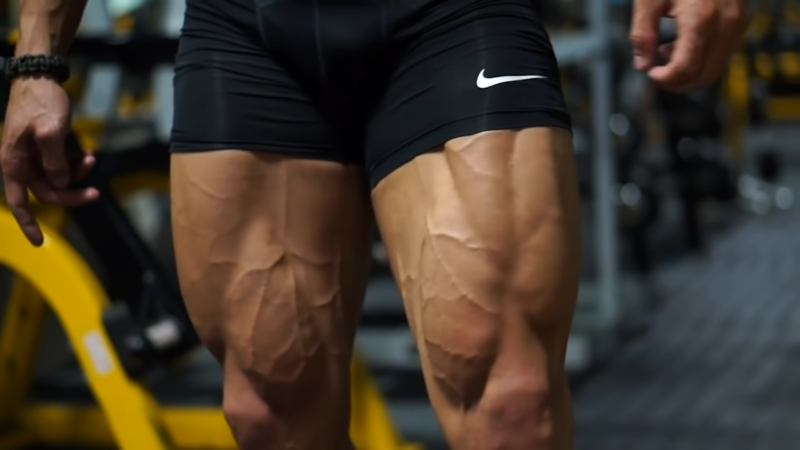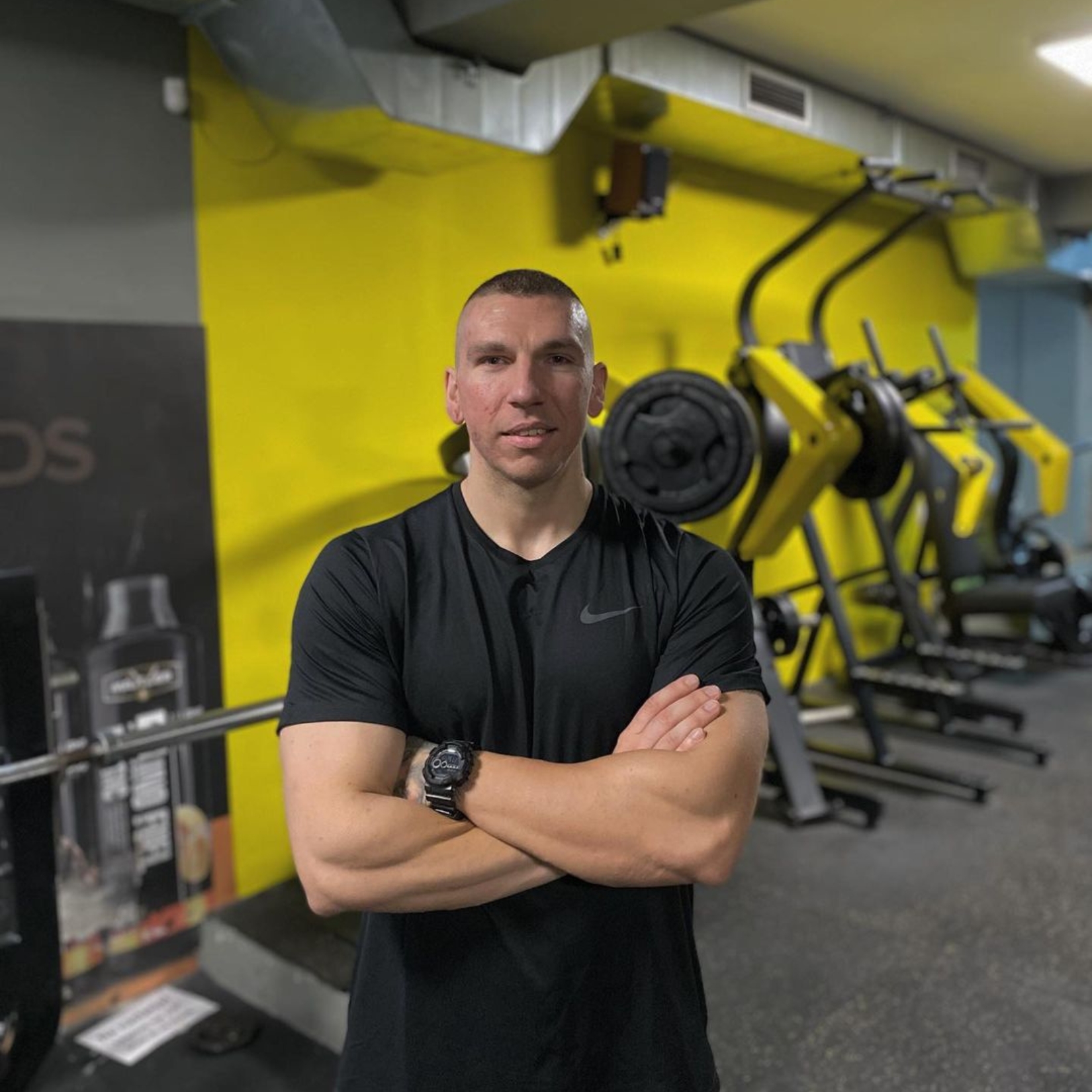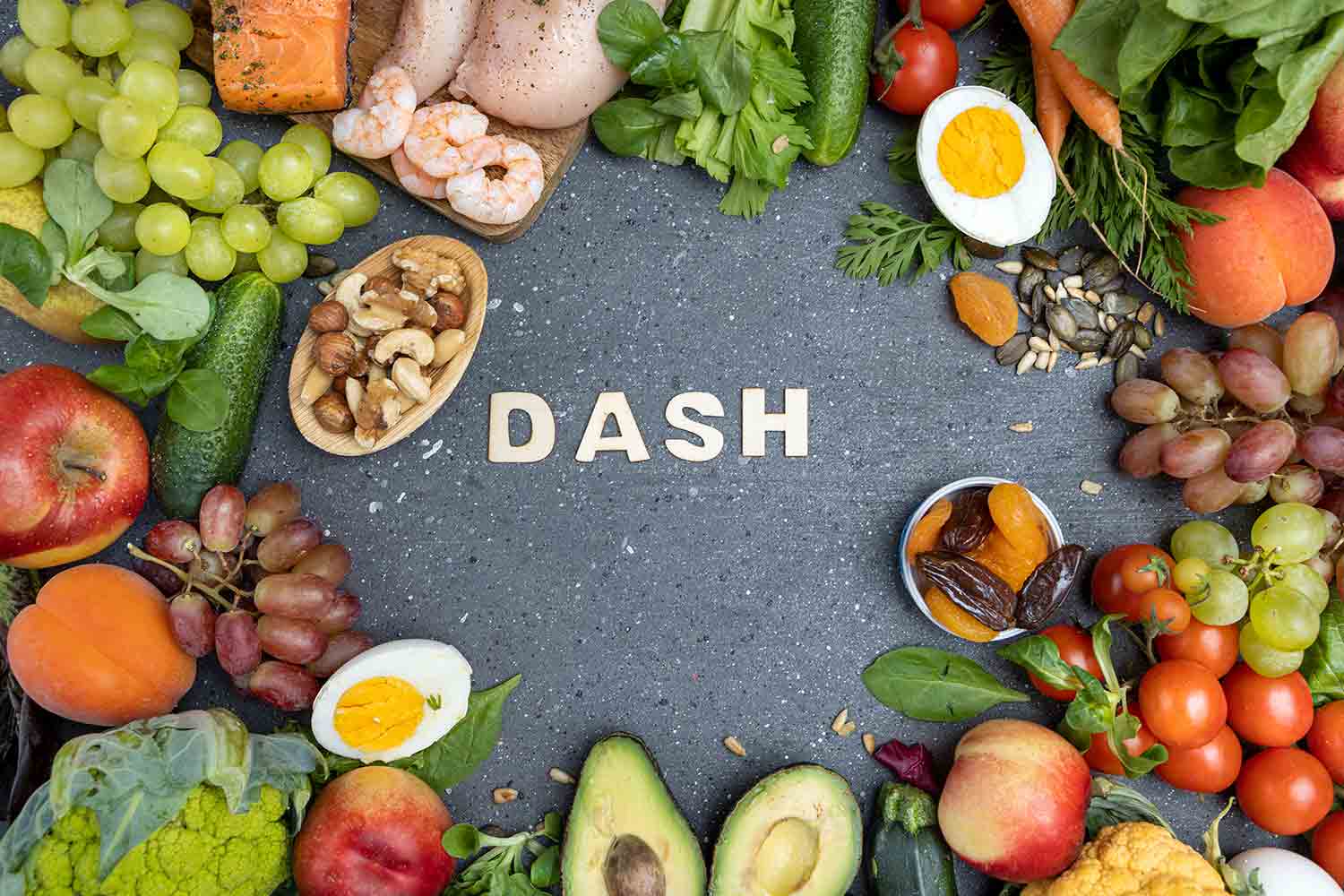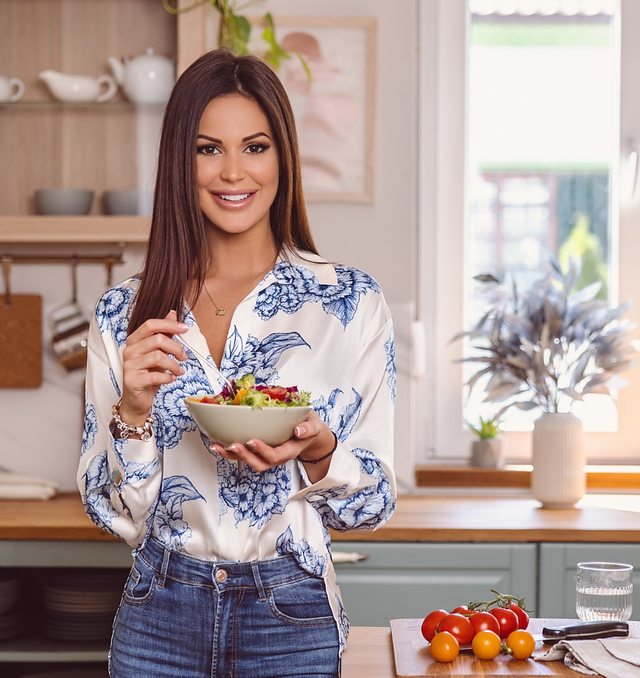There are many different types of squats, such as bodyweight, barbell, kettlebell, and pistol squats. Each type has its own benefits and challenges, depending on the equipment, position, and technique used.
One of the most common and accessible types is the dumbbell squat, which uses a pair of dumbbells as resistance. I often recommend it to both beginners and those who are actively training for a longer time.
Dumbbells can be held in different ways, such as by the sides, on the shoulders, or in front of the chest, to vary the intensity and focus of the exercise.
In this article, I’ll explain how to do a basic dumbbell squat with proper form and technique, as well as the benefits of this exercise for your lower body development.
How to Do a Basic Dumbbell Squat?
To do this, you will need a pair of dumbbells that are suitable for your strength level and fitness goal. You can use any type, such as hexagonal, round, or adjustable ones, as long as they are comfortable and secure to hold. You will also need a flat and spacious surface where you can stand and move freely.
Before you start, you should warm up with some dynamic stretches and light cardio exercises, such as jogging, skipping, or jumping jacks. It will prepare your muscles and tendons for the exercise and reduce the risk of injuries.
There are different ways to hold the dumbbells for the squat, depending on your preference and comfort. I recommend the following grip options (pick the one that feels best for you):
- By the sides: Hold the dumbbells by your sides, with your palms facing your body and your arms straight. I think that this is the easiest and most natural way to hold the dumbbells, but it may limit the range of motion of your squat and reduce the tension in your muscles.
- On the shoulders: Hold the dumbbells on your shoulders, with your palms facing each other and your elbows pointing forward. This is a more challenging way to hold the dumbbells, as it increases the resistance and engages your core and upper back more. It may also strain your wrists and elbows if the dumbbells are too heavy or if you are not mobile enough.
- In front of the chest: Hold the dumbbells in front of your chest, with your palms facing each other and your elbows pointing down. This is also a more challenging way to hold the dumbbells, as it creates a front-loaded position that requires more core stability and balance. It may also restrict your breathing and make you lean forward too much if the dumbbells are too heavy or if you have poor posture.
Once you have chosen your grip option, you are ready to perform the movement. I prepared the step-by-step instructions on how to do a basic dumbbell squat with proper form and technique:
- Stand with your feet shoulder-width apart, toes slightly pointed out, and chest up. Keep your core tight and your back straight throughout the exercise.
- Inhale and lower your hips and knees as if you are sitting on a chair, keeping your weight on your heels and your knees in line with your toes. Do not let your knees cave in or go past your toes. Go as low as you can without compromising your form or comfort, ideally until your thighs are parallel to the floor or lower.
- Exhale and push through your heels and squeeze your glutes to stand up, keeping your torso upright and your dumbbells in place. Do not lock your knees or arch your back at the top of the movement. This is one repetition.
- Repeat the movement for the desired number of repetitions and sets, and don’t forget to rest between the sets.
Here are some tips on how to avoid common mistakes and prevent injuries:
- Do not round your back or hunch your shoulders, as this can cause lower back pain and reduce the effectiveness of the exercise. Keep your chest up and your shoulders back and down, and look straight ahead or slightly up.
- Do not bounce or jerk at the bottom of the squat, as this can hurt your joints and ligaments. Control the descent and ascent of the movement, and pause briefly at the bottom and the top of the squat.
- Do not use momentum or swing the dumbbells, as this can compromise your form and stability. Keep the dumbbells close to your body and move them in sync with your legs.
- Do not hold your breath, as this can increase your blood pressure and cause dizziness. Breathe deeply and rhythmically, inhaling on the way down and exhaling on the way up.
What Are the Main Benefits of This Type of Workout?
These exercises are great for building muscle and strength in the lower body but they can also have a positive impact on your overall fitness and performance. I find these benefits to be the most important:
- These exercises work the main muscles of the lower body, such as the quadriceps, hamstrings, glutes, and calves, as well as the core and lower back. These muscles are essential for many movements and activities, such as running, jumping, climbing, lifting, and carrying.
- They improve your mobility, stability, and balance in the lower body and core. Mobility refers to the range of motion of your joints and muscles, which lets you move freely and comfortably.
- They have some advantages over other squat variations and resistance methods. For example, when I compare them to bodyweight squats, dumbbell squats can provide more resistance and challenge, which can lead to more muscle growth and strength gains. Compared to barbell squats, dumbbell squats can be more accessible and convenient, as you do not need a rack, a spotter, or a lot of space to do them.
Summary
Dumbbell squats are an amazing workout for toning your legs, targeting key muscles like your quads, hamstrings, booty, and calves. Not only do they strengthen your lower half, but they also give your core and lower back a good workout.
Plus, I find they are great for enhancing mobility, stability, and balance. What’s more, they have a few perks over other types of squats and resistance exercises—they’re super easy to get into, really flexible in how you can do them, and you can adjust them to fit your fitness level.
